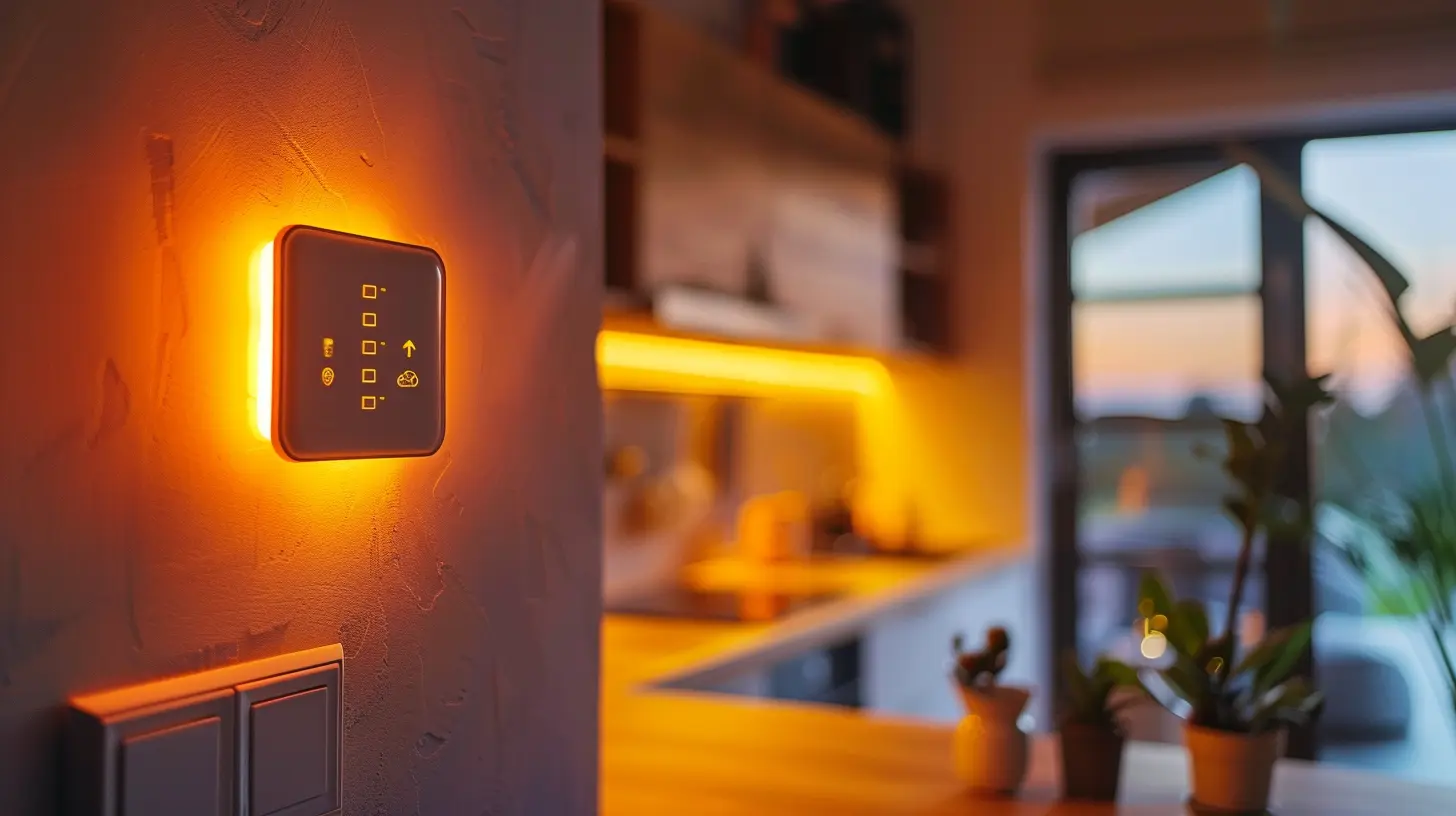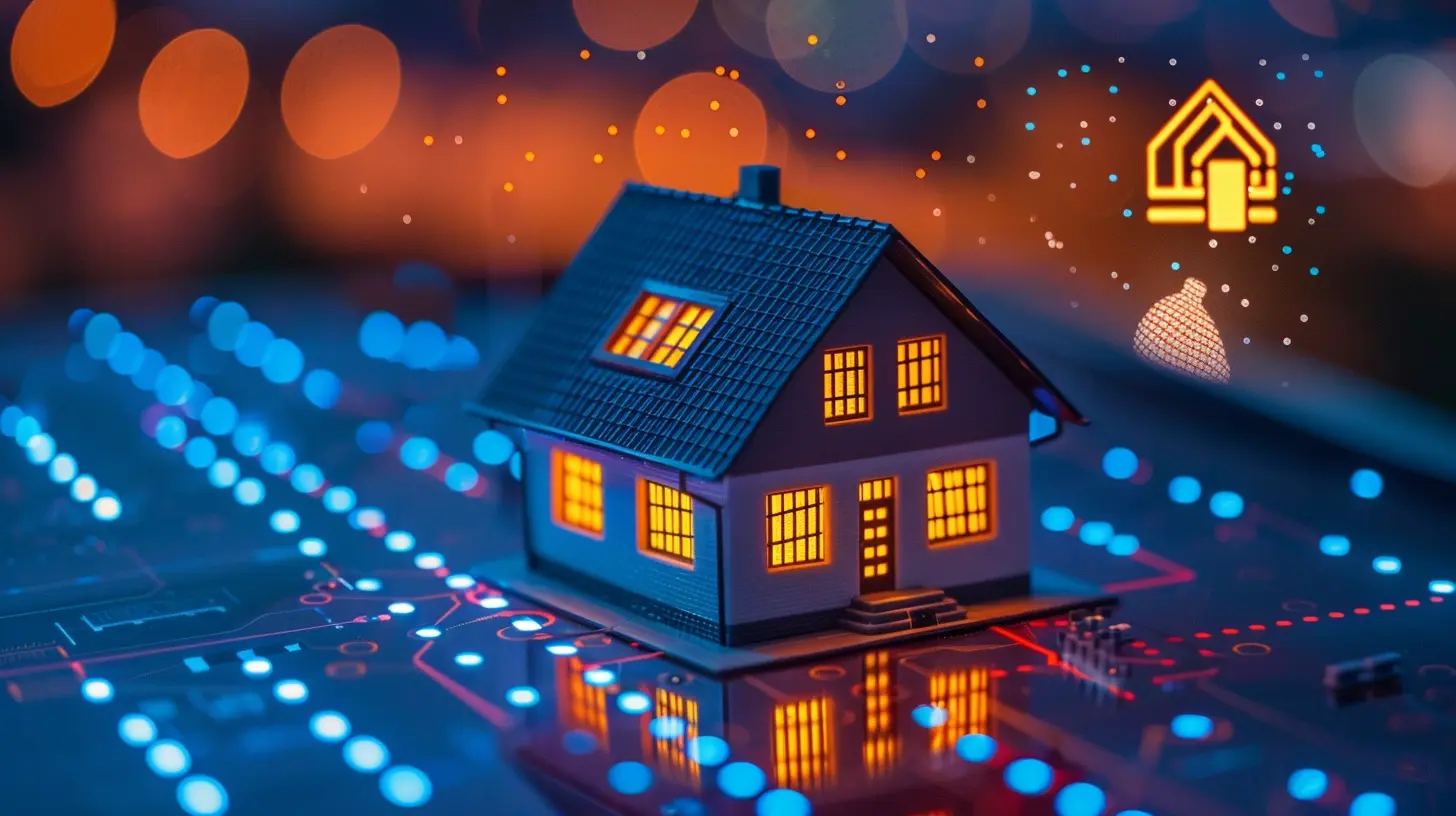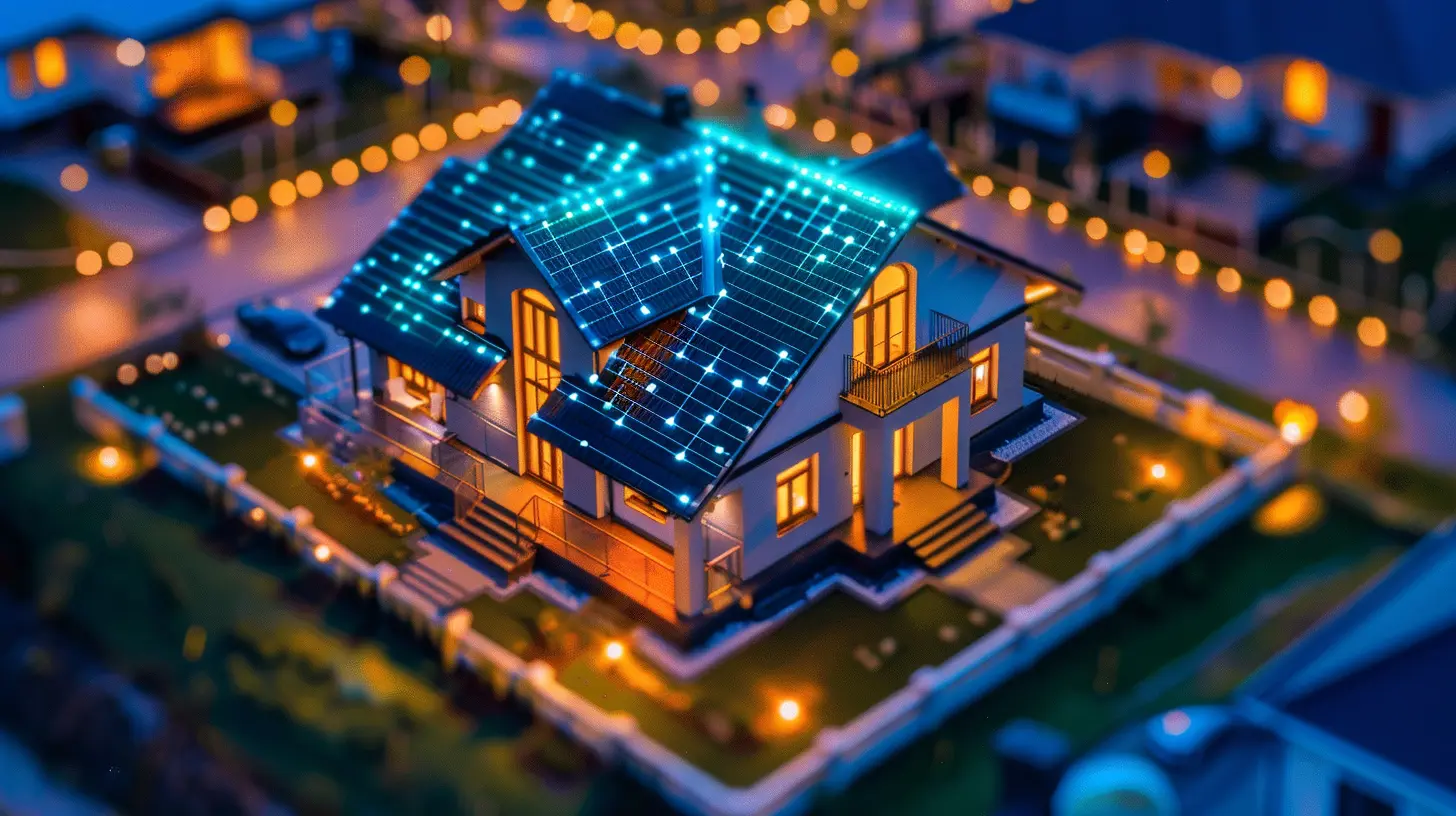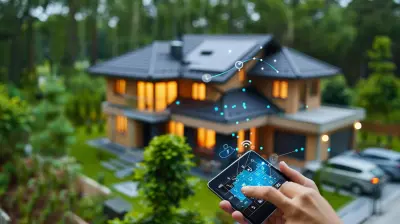How to Protect Your Smart Home from Power Outages
10 October 2025
So, picture this: you're sitting on the couch, watching your favorite show, the thermostat perfectly set, lights dimmed just the way you like them… and BAM — the power goes out. Everything shuts off, your smart lights flicker into darkness, your Wi-Fi dies, and worst of all? Your smart security system is down. It’s not just frustrating—it’s risky.
With more of us investing in smart home technology, we’re also becoming more vulnerable to something so basic yet disruptive: power outages. Whether it's caused by storms, grid failures, or routine maintenance, a loss of electricity can cripple your smart home setup—unless you’re prepared.
Let’s break down how to protect your smart home from power outages, without getting into crazy complicated setups or spending a fortune.
Why Power Outages Are a Big Deal for Smart Homes
Before we fix the problem, let’s talk about why it even matters. Smart homes rely heavily on a constant, stable power supply and an always-on internet connection. Without it, your voice assistants won’t respond, your cameras go offline, your smart locks won’t function remotely, and your automated routines won’t run.From security to comfort to simple convenience, a blackout can mess up everything you've built in your connected home.
Here’s what’s at stake:
- Smart Security Systems: No power = no surveillance.
- Smart Locks: Might not unlock remotely or send alerts.
- Smart Thermostats: HVAC systems stop if there’s no power.
- Refrigerators/Ovens/Microwaves: Some are smart-enabled and rely on connectivity.
- Automated Routines: Lights, blinds, and appliances stop functioning.
So what can you do? Plenty. Let’s walk through it.
1. Invest in a Reliable Backup Power Source
First thing’s first—if your house loses power, you need a plan to keep your essential devices alive. Enter: backup power sources.✅ Uninterruptible Power Supply (UPS)
Think of a UPS like a short-term life jacket for your electronics. It gives you just enough time to safely shut down or keep things running temporarily.- Ideal for: routers, modems, smart hubs, and security systems.
- Bonus: Many UPS systems come with surge protection too.
- Pro Tip: Choose a UPS that offers at least 600-1500VA for critical devices.
✅ Portable Power Stations
These lithium battery-powered stations are like modern-day generators (without the gas or noise).- Good for longer outages.
- Can power more devices at once.
- Rechargeable via wall outlet, car, or solar.
✅ Whole-Home Generator
If you live in an area with frequent outages, a standby generator might be worth the investment.- Automatically kicks in when power goes out.
- Keeps your whole home running—yes, even your smart fridge and smart oven.
- Expensive? Yes. Reliable? Absolutely.
2. Prioritize Your Essential Smart Devices
Not every device in your smart home needs backup power, especially in an outage. Focus on what’s critical.Here’s a simple checklist:
- Smart Router/Modem: Keeps everything connected.
- Smart Hub (like SmartThings or Hubitat): Controls automation.
- Security Cameras: For monitoring your home in real-time.
- Smart Locks: For keyless entry or exit.
- Voice Assistants: Optional, but handy.
Power your essential devices using your UPS or portable battery. Forget the smart coffee maker for now—it can wait.
3. Use Smart Devices with Built-In Battery Backup
Some smart devices come with built-in batteries, which is a total game-changer.🔐 Smart Locks with Battery Backup
Smart locks like August and Yale usually have backup batteries. They keep working even if the Wi-Fi and power are down. Just make sure you check (and change) those batteries regularly.🛎 Smart Doorbells
Brands like Ring and Arlo make doorbells that record and store footage during outages thanks to local storage and internal batteries.📷 Security Cameras
Go for models that offer:- Battery or solar-powered operation.
- Local storage (SD cards).
- LTE/cellular connectivity.
That way, even if your Wi-Fi goes down, they’re still watching.
4. Go Local When You Can
Cloud-based systems are great… until the internet goes down. That’s why having devices that can operate locally (without the cloud) is a smart move.🤖 Local Hubs
Platforms like Home Assistant or Hubitat work without needing internet connectivity.- Your routines will still run.
- Your devices still talk to each other.
- Total bonus if you're a DIY smart home nerd.
💾 Local Storage
Instead of relying fully on cloud storage, opt for devices that support SD cards or local servers. That way, your camera footage is still recorded, even if the cloud is unreachable.5. Keep Your Internet Alive with LTE Failover
No power often means no internet. But some routers offer LTE backup, which is a life-saver.📶 LTE Backup Routers
Routers like those from Netgear or ASUS can automatically switch to cellular data when the main connection fails.- Needs a SIM card and mobile data plan.
- Not ideal for high-bandwidth devices, but perfect for notifications and light use.
If you're serious about keeping your smart home online, this could be a worthy addition.
6. Use Smart Automations for Outage Scenarios
You can actually prepare your home ahead of time using smart automations. Think of it as a digital emergency plan.Ideas for Automations:
- If power is lost, send an alert (using battery-operated sensors or LTE).- Disable non-essential devices to save battery.
- Run an automation that alerts you if backup batteries are low.
- Automatically lock doors or turn off appliances.
Tools like IFTTT or built-in routines in Alexa/Google Assistant/HomeKit can help you build these. It’s like having your house think ahead for you.
7. Install Surge Protectors (Seriously)
When the power comes back, a surge might happen—and it could fry your devices. Smart homes are expensive; don’t take the risk.- Use surge-protected strips for your smart hubs and routers.
- Get whole-home surge protection if you’re feeling fancy.
Trust me—it’s cheaper than replacing your smart TV or smart thermostat.
8. Regularly Test Your Backup Systems
You wouldn’t buy a fire extinguisher and never check if it works, right?Same goes for your UPS, LTE routers, or battery-powered cameras. Run outage simulations every few months. Make sure:
- Batteries are charged.
- Devices switch over the way they should.
- LTE backups connect smoothly.
- Stored automations still run without internet.
9. Mix Offline & Online capability
Balance truly smart automation with some good old fashioned manual control.❗Have Manual Options
- Physical keys for smart locks.- Manual light switches.
- Mechanical thermostats (as backups).
When in doubt, you need a way to control your home without shouting at Alexa.
10. Inform Everyone in the House
Last but not least—make sure your family knows the plan. During a power outage, panic sets in quickly. Share:- How to access the UPS.
- How to override smart devices manually.
- What to unplug and when.
- Who to call if systems fail.
Treat your smart home like a plane—everyone should know where the emergency exits are.
Final Thoughts: Don’t Let Your Smart Home Get Dumb in the Dark
A smart home isn't just about automation and voice control—it’s about reliability and security. Power outages are unpredictable, but your response doesn’t have to be. With a little preparation, you can keep things humming even when the grid goes silent.Just remember: prioritize the essentials, invest in good backup tech, and always test, test, test. That way, the next time the lights blink off, you’ll smile—knowing your smart home just got even smarter.
all images in this post were generated using AI tools
Category:
Smart HomeAuthor:

John Peterson
Discussion
rate this article
1 comments
Zinn McIlroy
Keep your gadgets cozy during blackouts! A smart fridge and a battery-powered disco ball make for a fun survival party!
October 18, 2025 at 10:42 AM

John Peterson
Great idea! A smart fridge and a disco ball can definitely keep the mood light during blackouts while keeping essentials cool. Just make sure you have a reliable backup power source!


